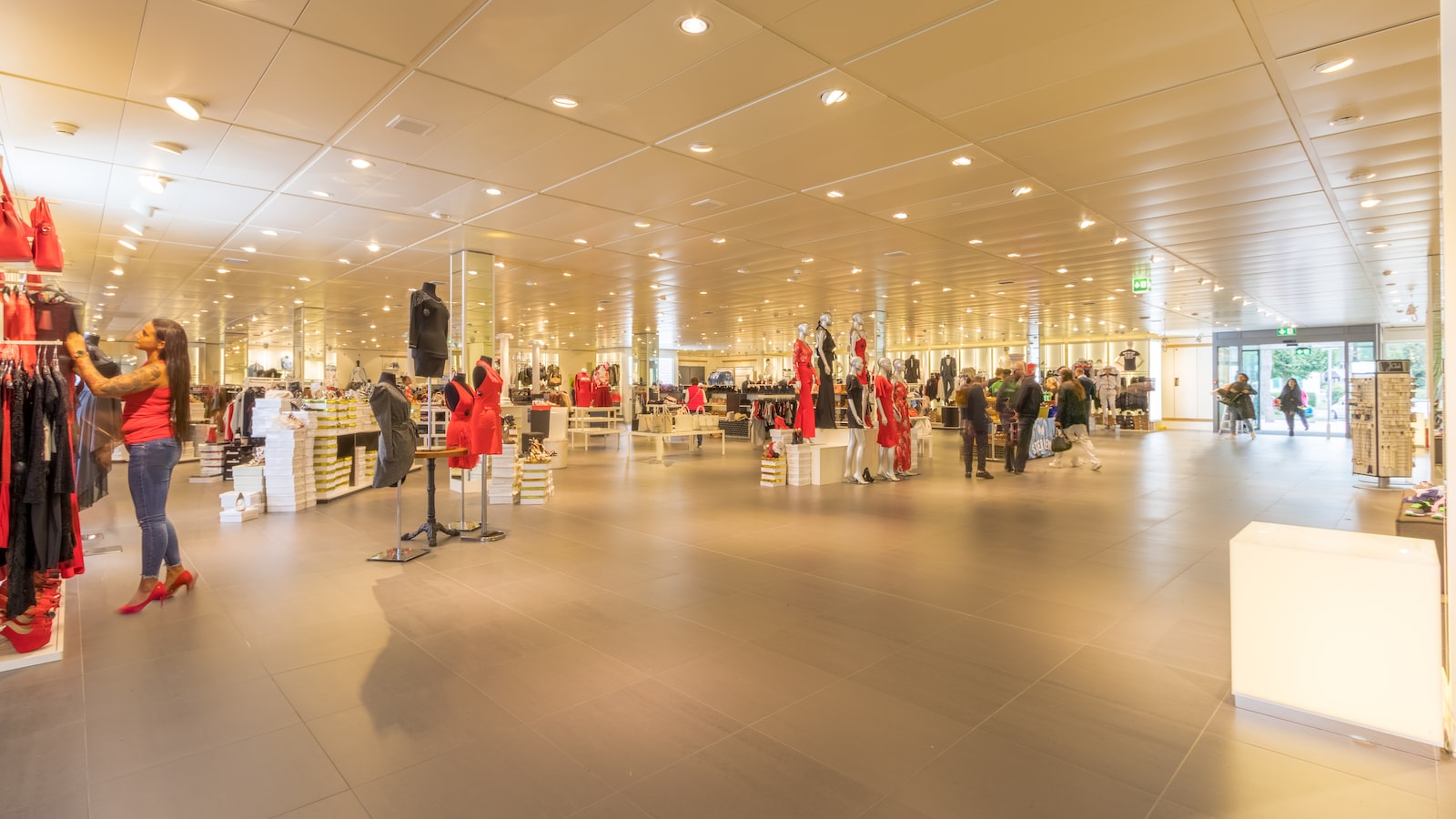
The Rise of AI and Big Data In Fashion
For many people, fashion is about expressing oneself in an individual way, both through practical and aesthetics-driven considerations. Over the past few years, the combination of AI (artificial intelligence) and big data has revolutionized the way fashion is created, consumed, and experienced.
Big data refers to the data sets that firms collect from customers, such as purchase history, product reviews, social media conversations, and predictive analysis. AI enables companies to use this data to map out trends and develop useful insights. This information is then incorporated into fashion design and marketing strategies, resulting in a more personalized fashion experience for the consumer.
What Does Personalized Style Look Like?
AI-led personalization focuses on understanding customer preferences even before the customer has specifically expressed them. It uses past behaviors to recommend, provide pricing, and tailor product recommendations. Companies like Stitch Fix and Amazon have implemented AI models and big data to identify customer needs in order to provide them with highly personalized fashion options and services.
For example, Amazon recently launched its “StyleSnap” initiative, which allows customers to take a photo of a outfit they admire and find similar items across the site. This technology uses AI to analyze the color, pattern, and design features of the image and generate tailored fashion recommendations. Stitch Fix uses an algorithm to interpret customer preferences based on their past choices, identify new trends, and suggest different outfit combinations for them.
Style recommendations are not limited to clothing. AI and big data also influence makeup and hair trends. For example, Yves Saint Laurent’s “Le Teint Particulier” custom foundation allows customers to have their exact shade of foundation created based on a quick photo analysis. Additionally, L’Oreal’s Kérastase hair-care line generates customized formulas based on a quiz. These advancements are transforming the traditional shopping experience by offering customers choices based on their specific needs.
The Benefits Of This Transformation
The transformation of the fashion industry through AI and big data offers numerous advantages. For starters, this technology can provide cost savings by replacing the costly process of sample creation and grading. Additionally, it reduces the environmental impact of fashion by making it easier for brands to make decisions based on customer interest and eliminate inventory-holding costs.
AI and big data also bring a new level of consumer engagement. For example, Nike’s “Nike Fit” platform provides customers with a custom fit for shoes based on the unique shape of their feet. This level of engagement is helping brands to attract and retain customers by offering them personalized experiences.
The Future Of Personalized Style
The use of AI and big data in fashion has already transformed the industry, and its impact is likely to grow in the future. Brands are leveraging this technology to gain deeper insights into their customers and leverage predictive models to drive personalization. Additionally, AI-powered technologies will continue to improve, providing fashion brands with more opportunities to offer customers personalized experiences.
As AI and big data continue to shape the fashion industry, it’s clear that personalized style is here to stay—and the future looks bright.













